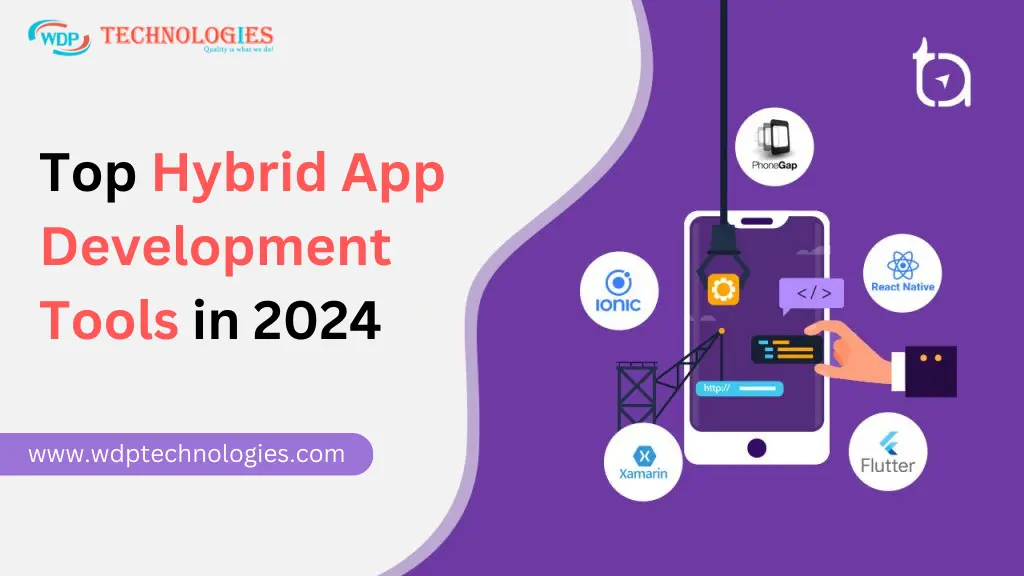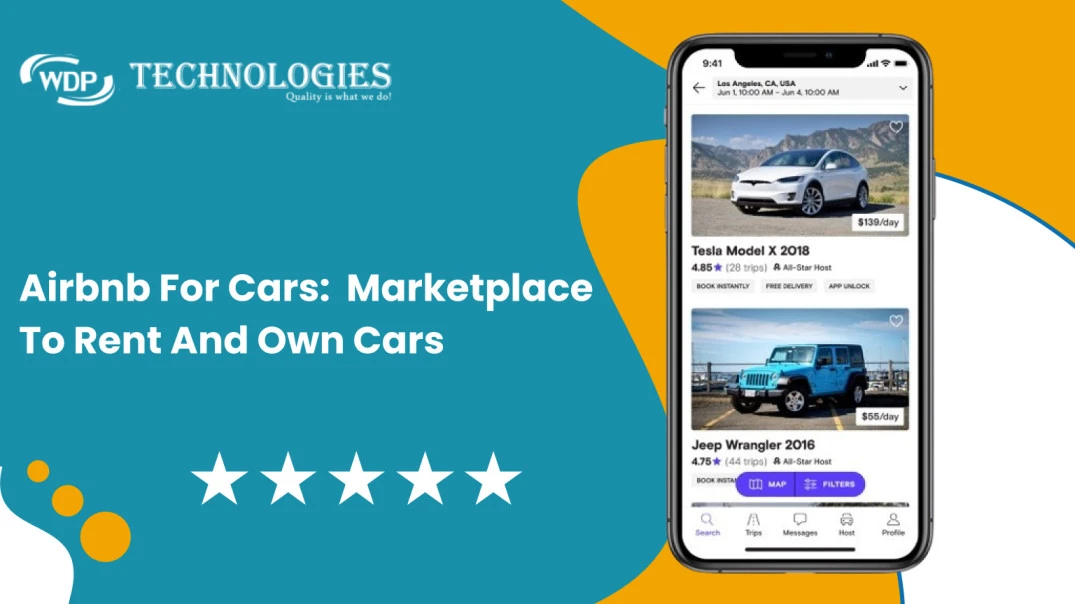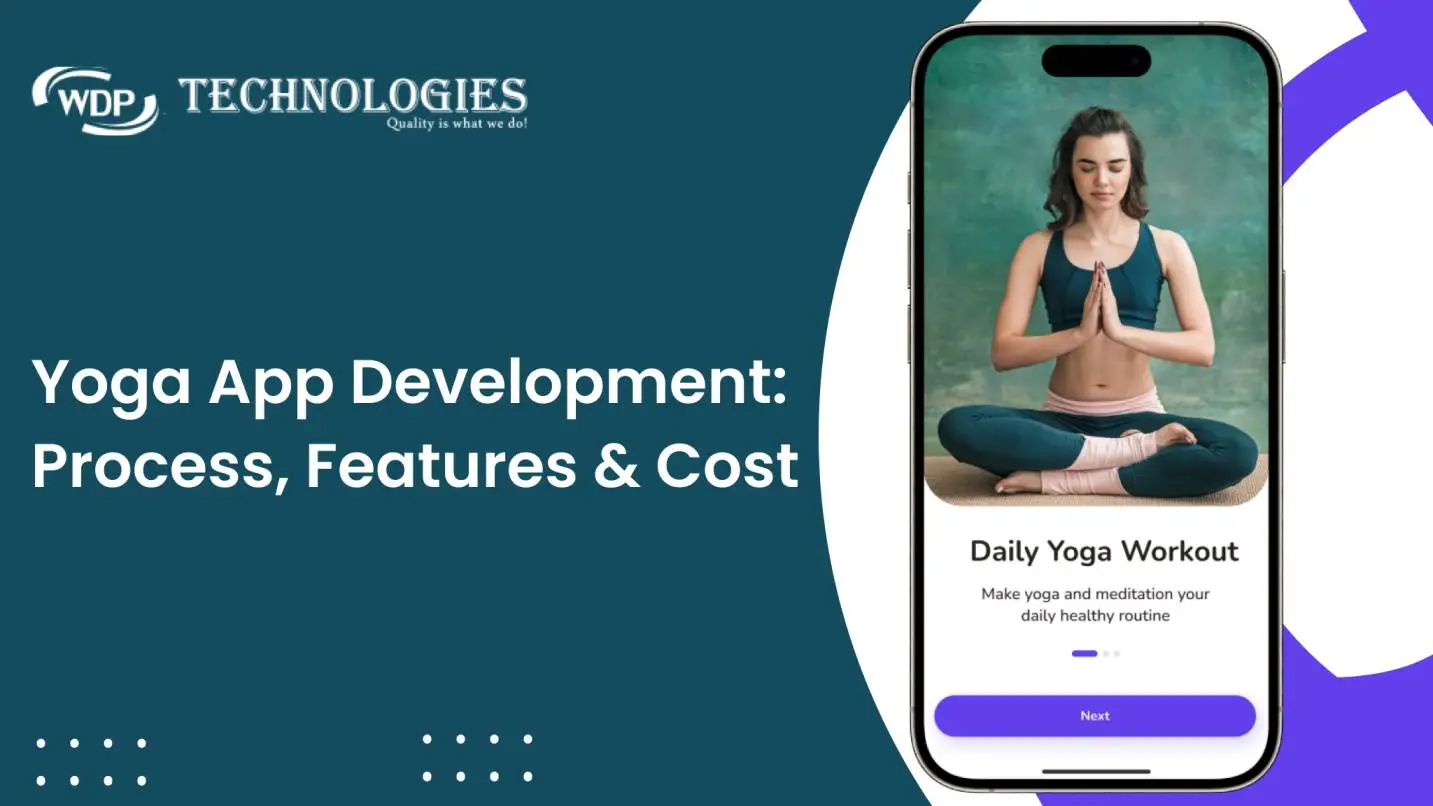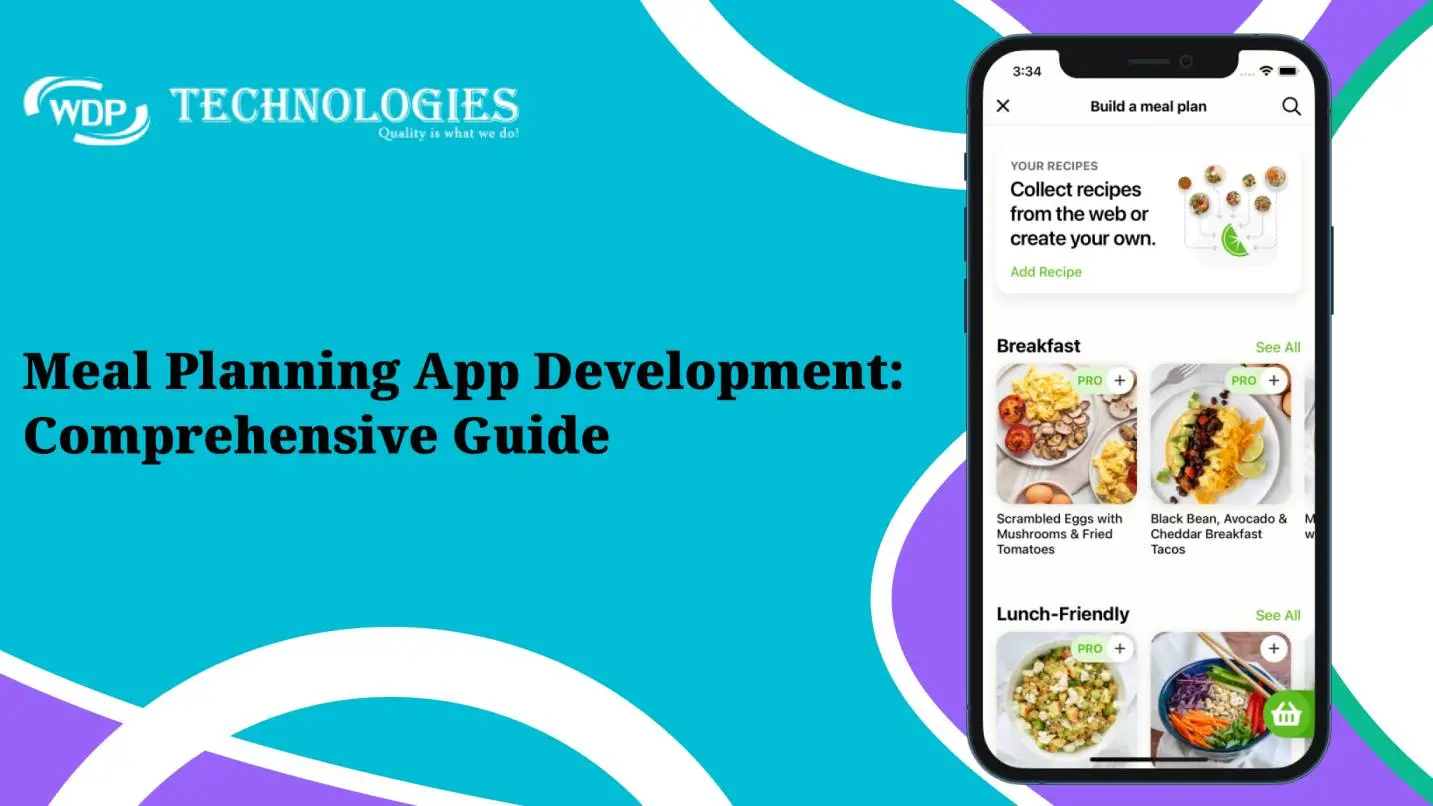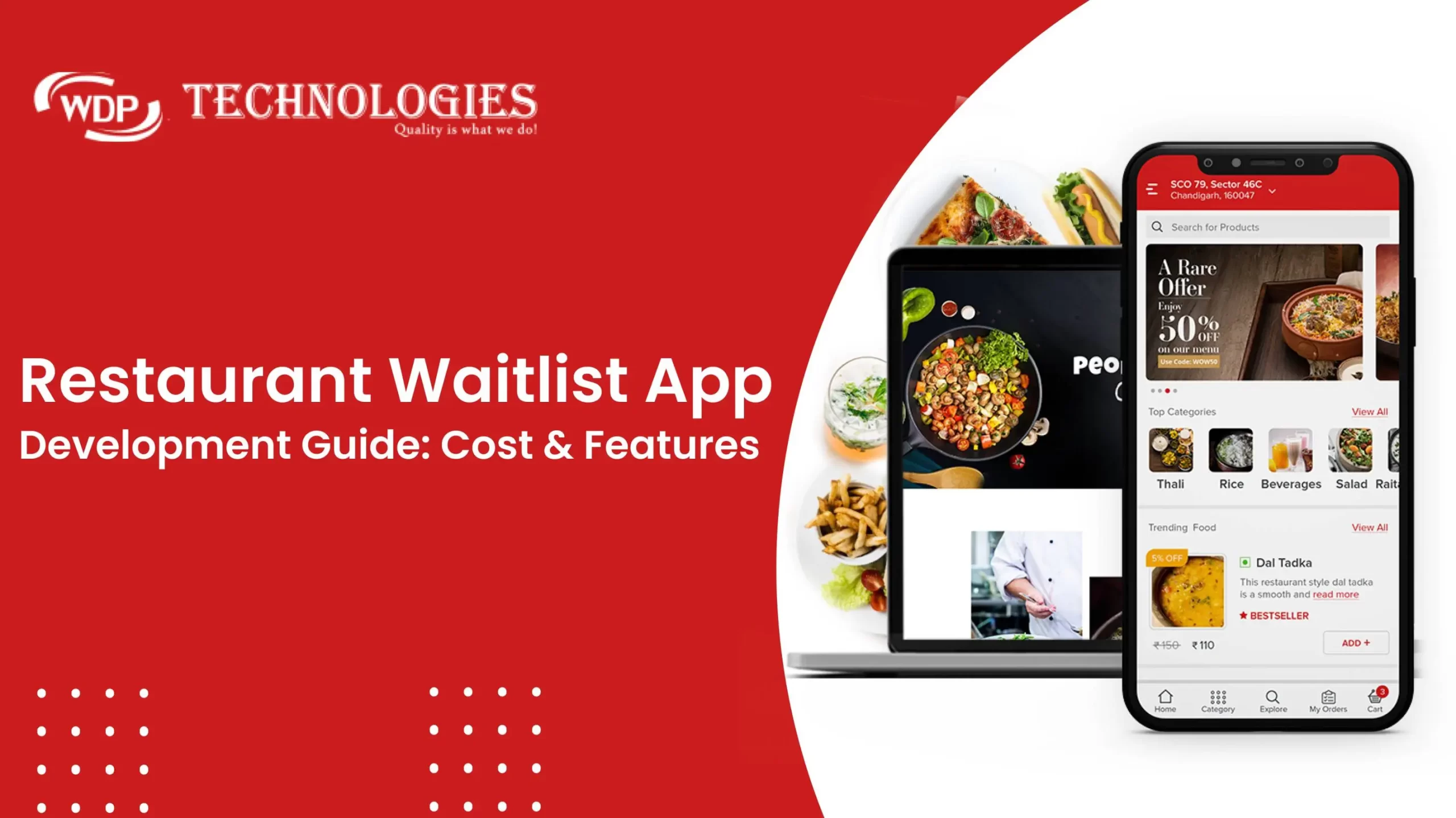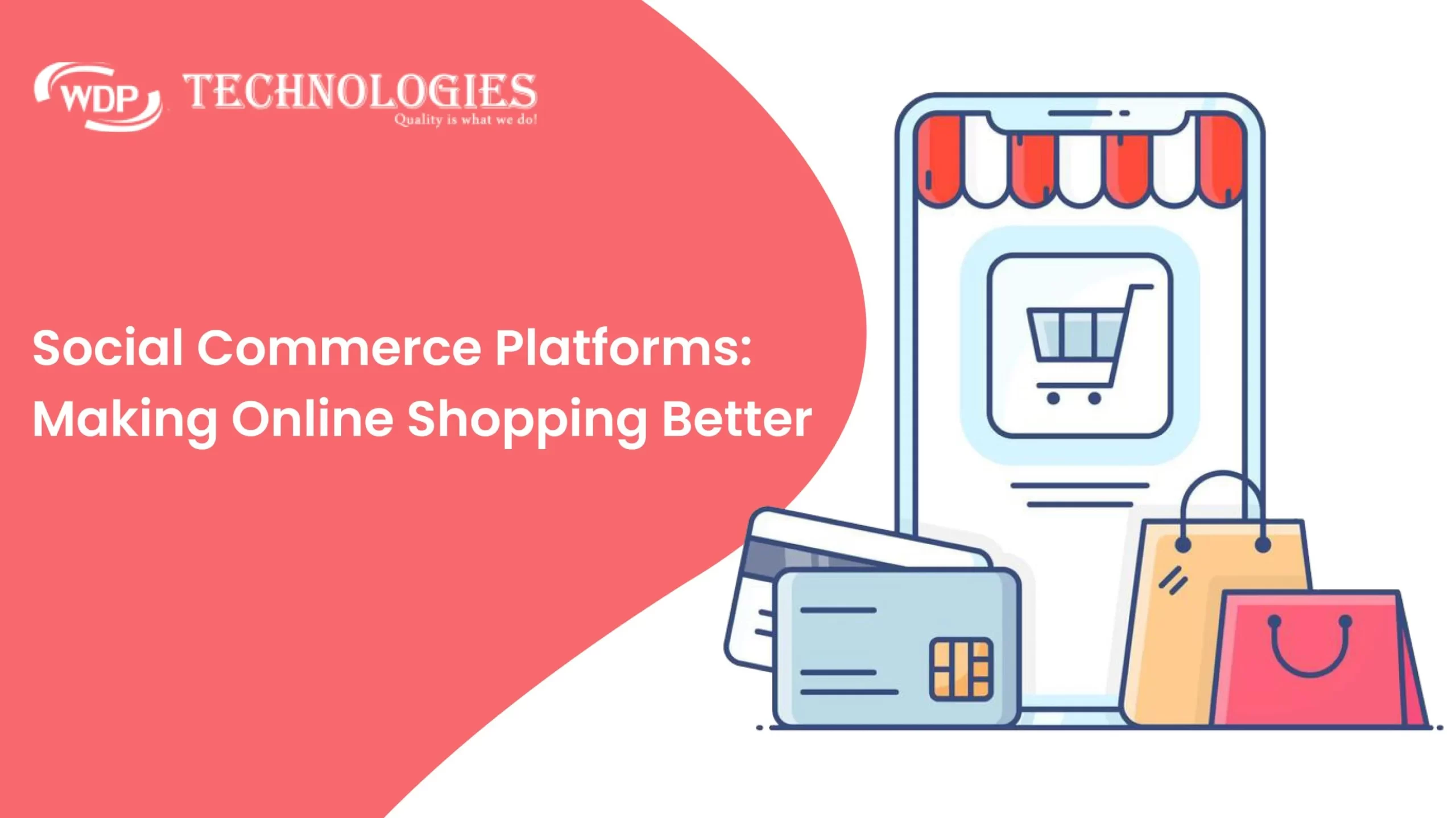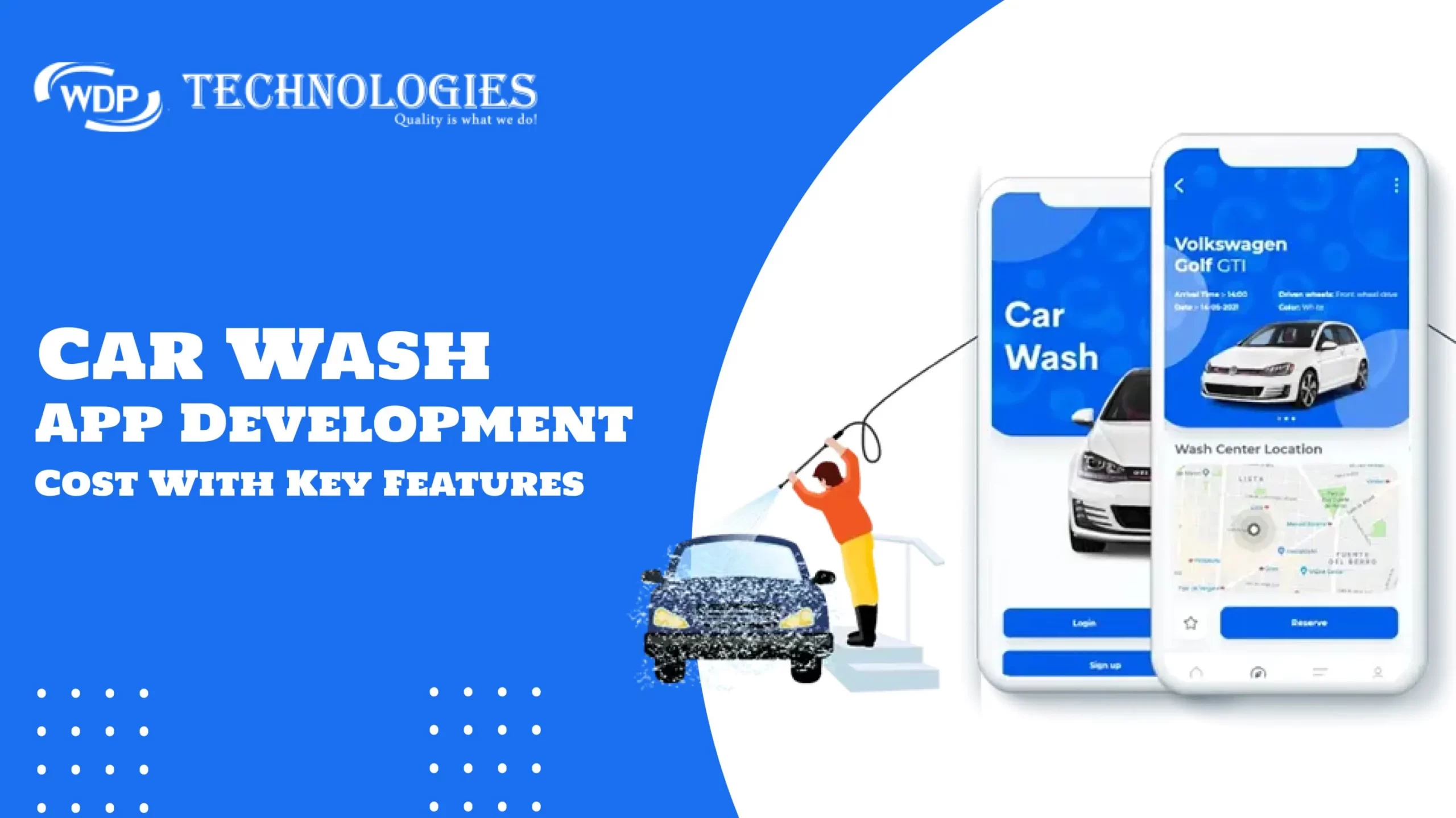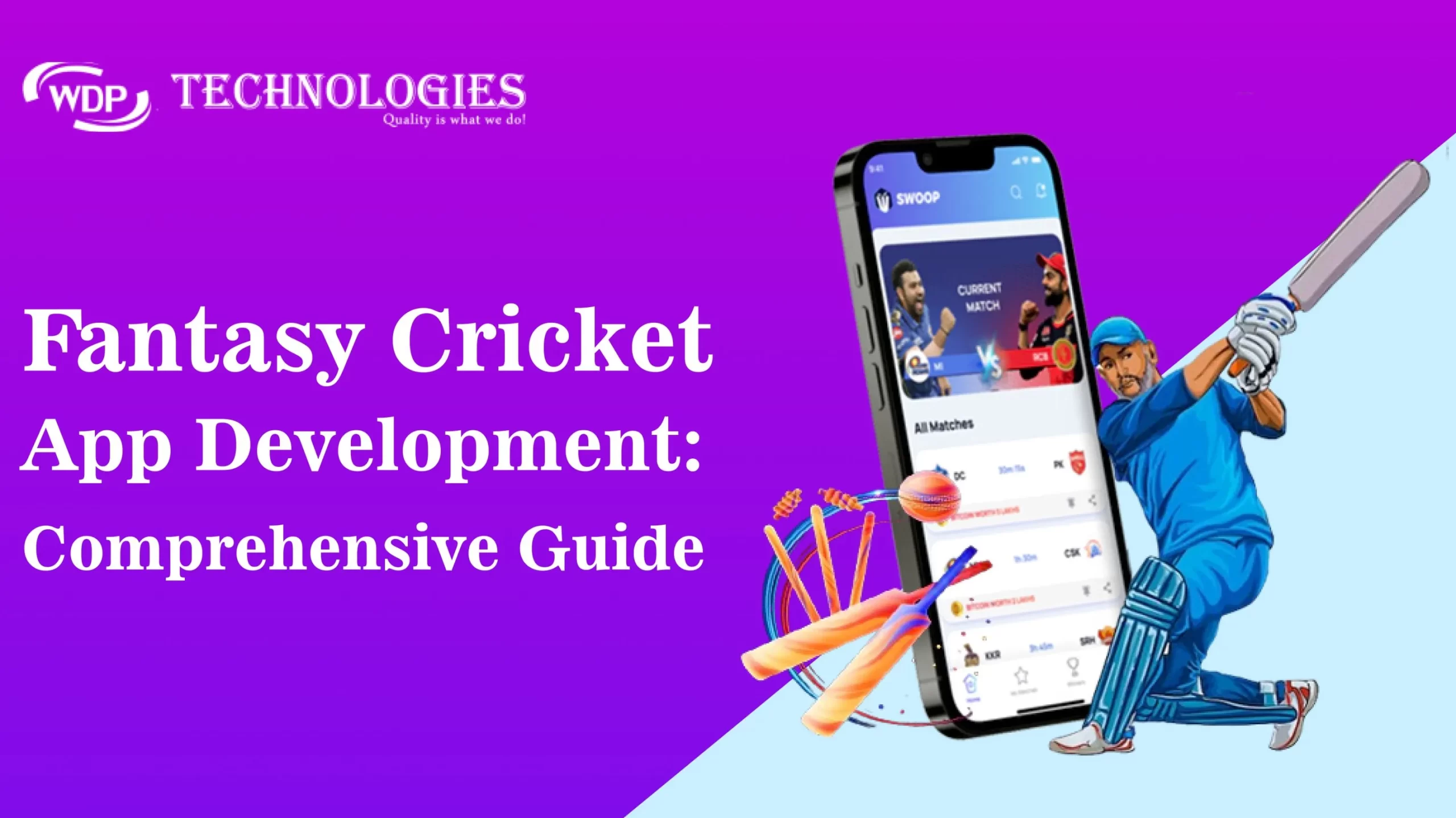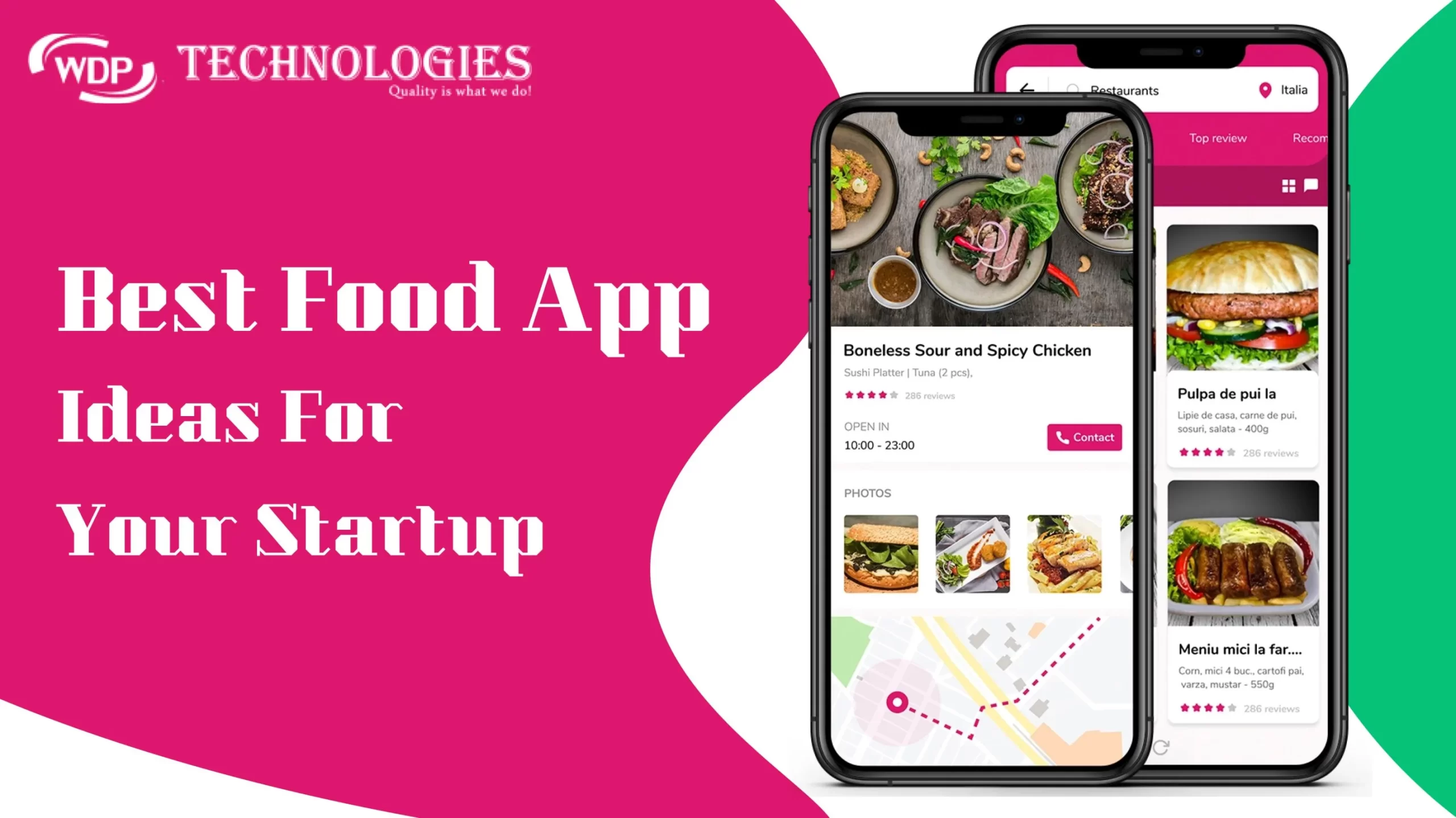In today’s mobile-first world, businesses need to reach their target audience across various platforms. But developing native apps for each platform (Android, iOS, etc.) can be time-consuming and expensive. Enter hybrid app development tools – a game-changer for cross-platform app development!.Hybrid apps combine elements of both native and web applications, offering a balance between performance and flexibility. This blog post explores the intricacies of hybrid app development tools that empower developers to create robust, cross-platform experiences.
The Rise of Hybrid App Development
As the mobile ecosystem expands, businesses and developers face the challenge of reaching a diverse user base across different devices and operating systems. Native apps, while delivering optimal performance, require separate development efforts for iOS and Android platforms. On the other hand, web apps offer cross-platform compatibility but may fall short in terms of performance and access to device capabilities. Hybrid app development emerged as a middle ground, allowing developers to write code once and deploy it across multiple platforms.
Why Choose Hybrid App Development Tools?
🔹Faster development: Write code once and deploy it everywhere, significantly reducing development time and cost.
🔹Reduced complexity: Leverage familiar web technologies like HTML, CSS, and JavaScript, making development easier and faster for web developers.
🔹Shared codebase: Maintain and update a single codebase instead of multiple native codebases, simplifying maintenance and bug fixes.
🔹Native functionalities: Access native device features like camera, GPS, and sensors through plugins, ensuring a seamless user experience.
🔹Large community and resources: Benefit from a thriving community of developers and extensive online resources, including tutorials, libraries, and plugins.
🔹Access to Device Features: Hybrid apps can access native device features through plugins, offering a level of functionality comparable to native apps.
Popular Hybrid App Development Tools:
In the ever-evolving landscape of mobile development, hybrid app development tools stand as a testament to the industry’s commitment to innovation and adaptability. As these tools continue to evolve, developers can look forward to even more streamlined processes and enhanced capabilities, shaping the future of cross-platform mobile application development.
1. React Native:
React Native is a popular open-source framework developed by Facebook. It allows developers to build mobile applications using JavaScript and React, a JavaScript library for building user interfaces. React Native enables the creation of high-performance apps with a native look and feel while leveraging the efficiency of a hybrid framework.
Key Features:
🔹Hot Reloading: Developers can instantly see the result of the latest change without rebuilding the entire app.
🔹Reusable Components: React Native components can be reused across different platforms, saving development time.
🔹Native Module Integration: Access to native modules allows developers to implement platform-specific functionalities seamlessly.
Use Cases:
React Native is suitable for a wide range of applications, including social media apps, e-commerce platforms, and business applications.
2. Flutter:
Flutter, backed by Google, is a UI toolkit designed for building natively compiled applications for mobile, web, and desktop from a single codebase. It uses the Dart programming language and provides a set of pre-designed widgets for creating visually appealing and intuitive user interfaces.
Key Features:
🔹Widget-based Architecture: Flutter uses widgets as the basic building blocks, enabling a highly customizable and expressive UI.
🔹Fast Development: Flutter’s hot reload feature allows developers to see the changes in real-time, speeding up the development process.
🔹Native Performance: Flutter compiles to native ARM code, providing near-native performance.
Use Cases:
Flutter is ideal for building applications with rich, custom designs, such as interactive user interfaces and visually engaging apps.
3. Ionic:
Ionic is an open-source framework for building cross-platform mobile applications using web technologies such as HTML, CSS, and JavaScript. It is built on top of Angular and Apache Cordova, providing a library of pre-built UI components and a command-line interface for seamless development and deployment.
Key Features:
Wide Range of UI Components: Ionic offers a variety of pre-designed UI components for building consistent and visually appealing interfaces.
Angular Integration: Developers familiar with Angular can leverage their skills to build robust mobile apps.
Native Access: Through Apache Cordova, Ionic allows access to native device features.
Use Cases:
Ionic is well-suited for developing applications that require a consistent UI across platforms, such as business and productivity apps.
4. Xamarin:
Xamarin, acquired by Microsoft, is a framework that enables developers to build cross-platform mobile apps using C# and .NET. It provides a single codebase that can be deployed on iOS, Android, and Windows platforms, offering a truly cross-platform development experience.
Key Features:
🔹Native Performance: Xamarin apps compile to native code, providing performance comparable to native applications.
🔹Code Sharing: Xamarin allows sharing a significant portion of code across platforms, reducing development effort.
🔹Visual Studio Integration: Seamless integration with Microsoft’s Visual Studio IDE streamlines the development process.
Use Cases:
Xamarin is suitable for enterprises and businesses looking to develop robust, high-performance apps with shared code across multiple platforms.
5. PhoneGap (Apache Cordova):
PhoneGap, now known as Apache Cordova, is an open-source mobile development framework that enables developers to build apps using web technologies such as HTML, CSS, and JavaScript. It facilitates access to native device features through plugins.
Key Features:
🔹Web Technology Stack: Developers can leverage their existing web development skills to create mobile apps.
🔹Plugin Ecosystem: Apache Cordova’s extensive plugin ecosystem allows access to a wide range of native device features.
🔹Cross-Platform Compatibility: Apps developed with Cordova can run on multiple platforms with minimal modification.
Use Cases:
Apache Cordova is suitable for developing simple mobile apps or prototypes that need to run on multiple platforms with a shared codebase.
6. Vue Native:
Vue Native is a framework for building cross-platform mobile apps using Vue.js, a popular JavaScript framework for building user interfaces. Vue Native combines the simplicity of Vue.js with the performance of React Native, offering an efficient development experience.
Key Features:
🔹Vue.js Integration: Developers can leverage the reactivity and simplicity of Vue.js in mobile app development.
🔹Component-Based Development: Vue Native follows a component-based architecture for building modular and reusable UI elements.
🔹React Native Compatibility: Vue Native components are compatible with React Native, allowing for interoperability.
Use Cases:
Vue Native is suitable for developers familiar with Vue.js who want to extend their skills to mobile app development, creating applications with a responsive and dynamic user interface.
Choose Right Hybrid App Development Tools
The best hybrid app development tools for your project depends on various factors like your developer expertise, app complexity, budget, and desired features. Here’s a quick guide:
🔹React Native: Great for complex, interactive apps with a large development team familiar with JavaScript.
🔹Flutter: Ideal for beautiful, performant apps with rapid development cycles and a focus on custom UI.
🔹Ionic: Perfect for projects with tight deadlines and a team comfortable with web technologies, seeking a rich UI toolkit.
🔹Xamarin: Excellent for teams experienced with C# and .NET, aiming to share codebase across mobile and desktop platforms.
🔹PhoneGap/Cordova: Suitable for simpler apps with basic functionalities where developer familiarity with web technologies is paramount.
Challenges of Hybrid App Development
While hybrid app development offers a tempting “build once, deploy everywhere” approach, it’s not without its challenges. Here are some key hurdles you might encounter:
Performance:
🔹Webview limitations: Hybrid apps run within a native shell that wraps a webview. This can lead to performance bottlenecks compared to native apps, particularly for complex animations, graphics, or real-time interactions.
🔹Memory consumption: Balancing webview resources and native elements can be tricky, potentially leading to higher memory usage and impacting app responsiveness.
Development complexity:
🔹Bridging the gap: Integrating native functionalities like camera, GPS, or sensors requires plugins or custom code, adding complexity and potential compatibility issues across platforms.
🔹Debugging nightmares: Debugging hybrid apps can be a multi-layered challenge, involving disentangling webview issues from native code problems.
Security concerns:
🔹Webview vulnerabilities: The webview layer inherently inherits vulnerabilities present in web browsers, potentially exposing sensitive data to attacks.
🔹Plugin risks: Relying on third-party plugins for native functionalities can introduce security risks if not properly vetted and updated.
Limited native access:
🔹Custom UI challenges: Achieving a truly native look and feel can be difficult due to limitations in accessing and customizing native UI elements.
🔹Platform-specific features: Some advanced features specific to each platform (iOS, Android) might be unavailable or require workarounds in hybrid apps.
Testing hurdles:
🔹Cross-platform testing: Thoroughly testing hybrid apps across multiple platforms, devices, and OS versions can be time-consuming and resource-intensive.
🔹Emulator limitations: While emulators and simulators offer valuable testing grounds, they may not perfectly replicate real-world device behavior.
Community and resources:
🔹Fragmentation: While the hybrid app development community is growing, it may not yet match the maturity and resource abundance available for native app development.
🔹Framework evolution: Hybrid frameworks are constantly evolving, requiring developers to stay updated and adapt to potential breaking changes.
These challenges shouldn’t deter you, but rather serve as valuable considerations when evaluating the hybrid approach for your next app. By carefully weighing the pros and cons, choosing the right hybrid app developement tools and frameworks, and anticipating potential obstacles, you can navigate the hybrid app development landscape and build successful cross-platform applications.
Conclusion
Hybrid app development tools are powerful allies for businesses seeking to reach a wider audience with cross-platform apps. By understanding their strengths, limitations, and choosing the right tool, you can build efficient, cost-effective apps that deliver a great user experience. So, embrace the hybrid approach, unlock its potential, and conquer the mobile world!
This blog is just a starting point. As the hybrid app development landscape continues to evolve, exciting new tools and frameworks are emerging. Stay curious, keep exploring, and join the journey of building amazing apps that reach users everywhere!.
“As a leading hybrid app development company, WDP Technologies has expertise in building lightweight, intuitive, and highly configurable hybrid applications that run seamlessly on almost any operating system. “

